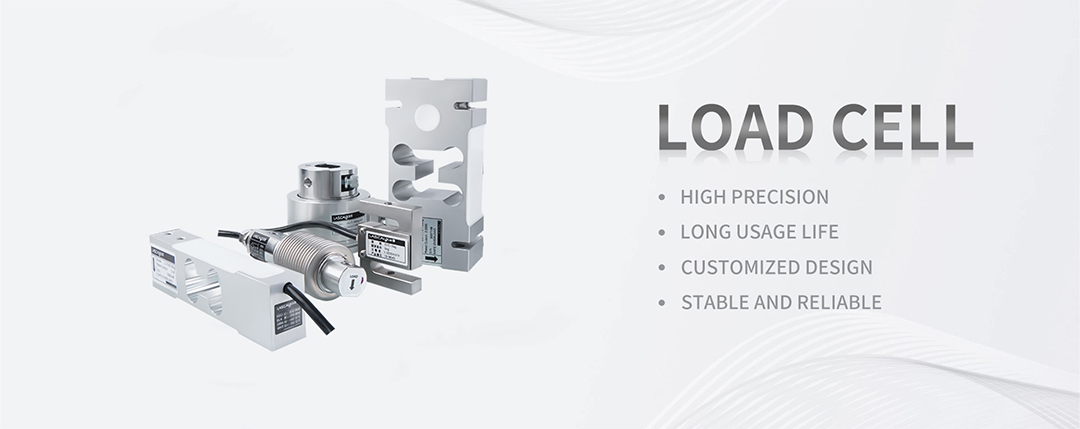•Prevent personnel from coming into contact with hazardous parts inside the enclosure.
•Protect the equipment inside the enclosure from the ingress of solid foreign objects.
•Protects the equipment within the enclosure from harmful effects due to the ingress of water.
An IP code consists of five categories, or brackets, identified by numbers or letters that indicate how well certain elements meet the standard. The first characteristic number relates to contact of persons or solid foreign objects with hazardous parts. A number from 0 to 6 defines the physical size of the accessed object.
Numbers 1 and 2 refer to solid objects and parts of the human anatomy, while 3 to 6 refer to solid objects such as tools, wires, dust particles, etc. As shown in the table on the next page, the higher the number, the smaller the audience.
The first number indicates the dust resistance level
0. No protection No special protection.
1. Prevent the intrusion of objects larger than 50mm and prevent the human body from accidentally touching the internal parts of electrical equipment.
2. Prevent the intrusion of objects larger than 12mm and prevent fingers from touching the internal parts of electrical equipment.
3. Prevent the intrusion of objects larger than 2.5mm. Prevent the intrusion of tools, wires or objects with a diameter larger than 2.5mm.
4. Prevent the intrusion of objects larger than 1.0mm. Prevent the intrusion of mosquitoes, flies, insects or objects with a diameter larger than 1.0mm.
5. Dustproof It is impossible to completely prevent dust intrusion, but the amount of dust intrusion will not affect the normal operation of the electrical.
6. Dust tight completely prevent dust intrusion.
Mini load cell manufacturer Subminiature load button
The second number indicates the waterproof level
0. No protection No special protection
1. Prevent the intrusion of dripping water. Prevent vertical dripping water droplets.
2. When the electrical equipment is tilted 15 degrees, it can still prevent the intrusion of dripping water. When the electrical equipment is tilted 15 degrees, it can still prevent the intrusion of dripping water.
3. Prevent the intrusion of sprayed water. Prevent rainwater or water sprayed from a vertical angle less than 50 degrees.
4. Prevent the intrusion of splashing water. Prevent the intrusion of water splashing from all directions.
5. Prevent the intrusion of water from large waves. Prevent the intrusion of water from large waves or rapid spraying from blowholes.
6. Prevent water intrusion from large waves. Electrical equipment can still operate normally if it is immersed in water for a certain period of time or under water pressure conditions.
7. Prevent water intrusion. Electrical equipment can be submerged in water indefinitely. Under certain water pressure conditions, the normal operation of the equipment can still be ensured.
8. Prevent the effects of sinking.
Most load cell manufacturers use the number 6 to indicate that their products are dust-proof. However, the validity of this classification depends on the content of the attachment. Of particular importance here are more open load cells, such as single-point load cells, where the introduction of a tool, such as a screwdriver, can have disastrous results, even if critical components of the load cell are dust-tight.
The second characteristic number relates to the entrance of water that is described as having harmful effects. Unfortunately, the standard does not define harmful. Presumably, for electrical enclosures, the main problem with water may be shock to those in contact with the enclosure, rather than equipment malfunction. This characteristic describes conditions ranging from vertical dripping, through spraying and squirting, to continuous immersion.
Load cell manufacturers often use 7 or 8 as their product names. However the standard clearly states that "a circle with a second characteristic number 7 or 8 is considered unsuitable for exposure to water jets (specified with a second characteristic number 5 or 6) and does not need to comply with requirement 5 or 6 unless it is double coded, For example, IP66/IP68". In other words, under specific conditions, for a specific product design, a product that passes a half-hour immersion test will not necessarily pass a product that involves high-pressure water jets from all angles.
Like IP66 and IP67, the conditions for IP68 are set by the product manufacturer, but must be at least more severe than IP67 (i.e., longer duration or deeper immersion). The requirement for IP67 is that the enclosure can withstand immersion to a maximum depth of 1 meter for 30 minutes.
While the IP standard is an acceptable starting point, it has drawbacks:
•The IP definition of the shell is too loose and has no meaning for the load cell.
•The IP system only involves water inlet, ignoring moisture, chemicals, etc.
•The IP system cannot differentiate between load cells of different constructions with the same IP rating.
•No definition is given for the term "adverse effects", so the effect on load cell performance remains to be explained.
Post time: Sep-21-2023








